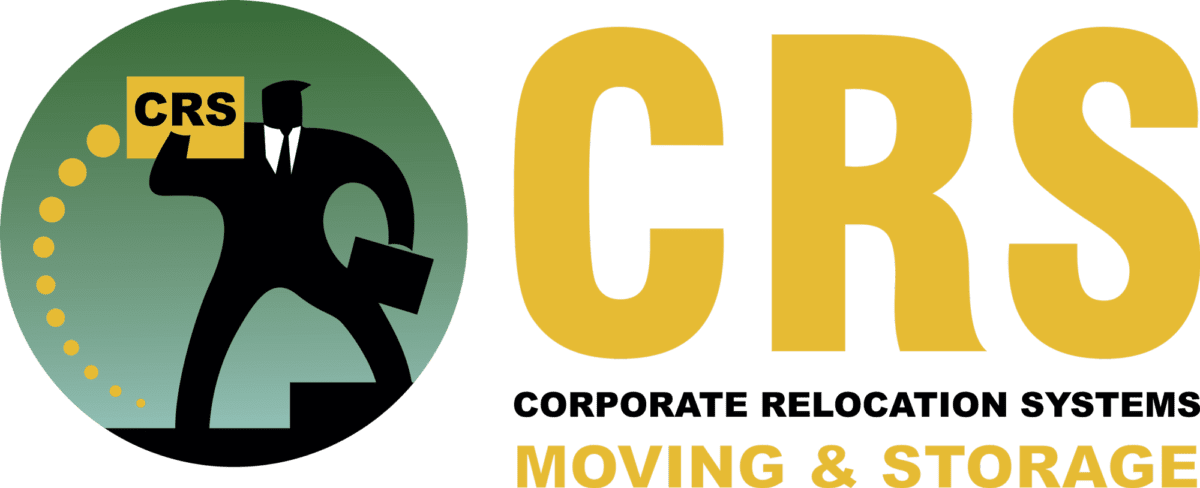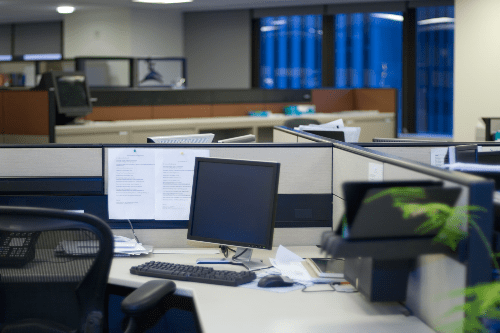 If you were to ask your employees what their perfect workspace would be 8 months ago, ironically, many would probably say their homes. Others may have said a top-floor spacious office suite overlooking the city with a gourmet kitchen and private chef. Perhaps some may be happy with just a desk and a chair. What this indicates is that there is no perfect one-size-fits-all office space.
If you were to ask your employees what their perfect workspace would be 8 months ago, ironically, many would probably say their homes. Others may have said a top-floor spacious office suite overlooking the city with a gourmet kitchen and private chef. Perhaps some may be happy with just a desk and a chair. What this indicates is that there is no perfect one-size-fits-all office space.
The majority of office workers in America either work in open office spaces or cubicles. In just the last decade, there has been a strong push towards open and collaborative office spaces. However, in light of the coronavirus, businesses are facing a questionable new push—the implementation of or otherwise backtracking to private office spaces often referred to as cubicles. With many making their way back to the office, company executives are faced with a difficult decision: open office space or cubicles? The answer depends entirely on the specific needs of your team.
Open Spaces vs. Cubicles: What’s Best for Your Office?
When choosing the best office design for your team, it’s critical to examine factors other than what studies show. Open office space and cubicles both come with rewards and downsides that can impact employee performance, productivity, and morale. That’s why the appropriate office design depends on a combination of three elements: your industry, employee desires, and job duties.
It may be the case that one workplace design might better support your specific business goals and aspirations than another. For instance, writers may have an easier time focusing in a cubicle, whereas engineers may need an open space to come up with solutions. Before deciding on an open office or cubicle design for your team, examine the advantages and disadvantages of both below.
Open Office Spaces: The Pros and Cons
Open office spaces emphasize a shared workspace, intended to encourage innovation, communication, and creativity, which are essential to successful businesses. Open office settings value aesthetic and modern design, leaving one seamless, visually appealing floor plan open to all. A typical open office space may have an entertainment lounge area and another section for large desks and shared meeting areas. It’s trendy, saves money, and teams can feel more connected. What could go wrong?
Surprisingly, open office spaces come with large compromises, especially for employees. They must give up their privacy and work through distractions. In addition, multiple studies have established a link between anxiety, stress, and depression in open office spaces because employees feel pressured about being scrutinized. Today, another con would be the threat to health and safety. The more people use and touch the same things, the faster germs spread.
Cubicles: The Benefits and Drawbacks
Cubicles may be the perfect setup for businesses whose employees need to focus to get things done effectively. For example, customer service, IT, or dispatchers may benefit from working in a cubicle because it’s quiet, allowing them to concentrate on helping customers. Workplaces that tend to do in-depth research, work with numbers, or handle serious matters may need an environment free of distractions to ensure no errors are made.
On the other hand, cubicles are generally more expensive and take up more space in the office. Some employees may feel isolated or left out because the office culture feels separated and employees are independent. It’s said that building a positive team culture is often more difficult in cubicle-style work environments since employees are prone to keeping to themselves.
Integrating Open Office Spaces and Cubicles
After reviewing the advantages and disadvantages of both designs, you may come to realize that an office space with both designs would benefit your team. Some employees may enjoy an energetic environment, whereas others may thrive in a more relaxed setting. So, how can you integrate both into your office?
Combining these concepts into one is called a hybrid design. Through flexibility and adaptability, you can give your employees the option to choose the type of setting they prefer. This means having open spaces where employees can work together and offering private spaces where employees can work in a disruption-free environment. However, the challenge is that not all offices can accommodate that much space.
Fortunately, it’s not impossible. Several office designers have introduced the concept of movable office structures and privacy barriers, where employees have the freedom to adjust the office environment to cater to their needs and accomplish tasks.
CRS Is a One-Stop Shop for Officegoers in New York
Given these times, no matter what industry you work in, you’re likely searching for the most effective way to reconfigure your office space. If your current office space doesn’t provide a safe, clean, and supportive environment for your employees, then it may be the right time to start rethinking your office space in New York. Whether you’re looking to relocate, store, or clean, or you want to install new office structures, CRS has everything you need. With years of experience and successful results, the CRS team is more than capable of finding the answers to your needs.
At CRS, we’re here to make your life easier. Our unmatched work ethic and professional approach is the best guarantee that you’ll have a successful office transformation. Schedule a free phone or video consultation by calling (718) 424-600 or completing our contact form to get started today.














